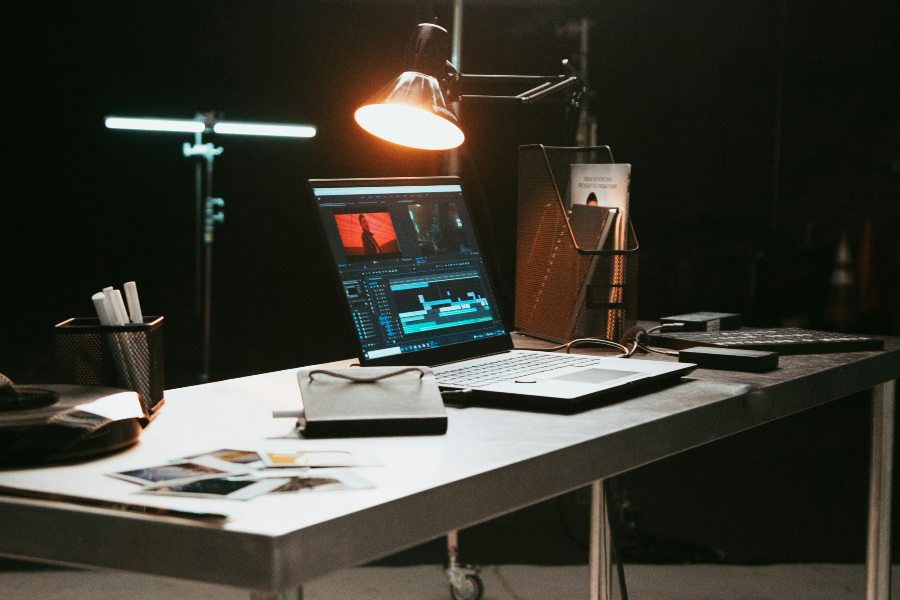Isn’t it amazing that we can virtually walk through historical sites that no longer exist or are far away? One of the ways this is made possible is through Photogrammetry from Video. This innovative technique allows researchers to transform video footage into detailed 3D models. In this article, we’ll explore the step-by-step process that researchers follow to recreate these incredible historical sites.
Collecting Video Footage
The process begins with capturing video footage of the historical site from multiple angles. Researchers use cameras that can capture high-definition video to ensure the best possible quality. Good video footage is critical because it is the raw material for creating the 3D model. The cameras have to capture the textures, colors, and geometry of the site accurately. Without quality footage, it’s tough to proceed to the next steps, and the final model may lack precision.
Analyzing The Videos
After collecting the footage, the next step involves thorough video analysis. Researchers scrutinize the footage to identify specific landmarks and features to help construct the 3D model. They also pay attention to factors like lighting conditions and shadows, as these elements can affect the model’s realism. Proper analysis sets the foundation for the transformation process. Experts often spend a considerable amount of time at this stage to ensure that the model will be as accurate as possible.
Using Special Software
Here is where the magic of Photogrammetry from Video comes into full force. Special software programs are used to convert the video into a 3D model. The software scans each frame of the video, picks out common points across multiple frames, and begins constructing a model. The technology is advanced enough to identify even small details, which helps create a highly accurate model. It’s fascinating how software can turn a series of flat images into a dynamic, three-dimensional space.
Adding Texture And Details
Once the basic structure of the 3D model is ready, the next phase is to add textures and finer details. Researchers often use additional photographs, historical records, and expert consultations to ensure realistic textures. The color of the walls, the appearance of materials like stone or wood, and the design of historical artifacts are all considered. The aim is to make the model as authentic as possible, closely resembling how the site looked in its original state.
Validation And Verification
The last stage involves the validation and verification of the 3D model. Researchers often consult with historians, archaeologists, and other subject matter experts to ensure the model’s accuracy. They compare the model with historical documents and photographs to see if any adjustments are needed. This validation step is crucial for maintaining the integrity of the historical site in its 3D form. The model may undergo several iterations before it is considered final and accurate.
Adobe states, “If you’re looking for a quick answer and have access to a smartphone, then creating 3D models from video with an app might be the simplest solution. That said, you’ll always find better results using still images with high resolutions.”
Recreating historical sites using modern videos involves a detailed and meticulous process. From the initial stage of capturing high-quality video footage to the advanced technology of Photogrammetry from Video, each step is essential for the project’s success. Adding textures and finer details brings the model to life, and the final validation ensures its historical accuracy. So, the next time you explore a 3D model of a historical site, you’ll know the immense effort and cutting-edge technology that made it possible.

